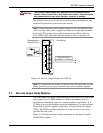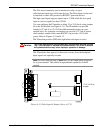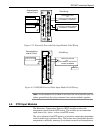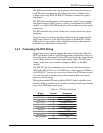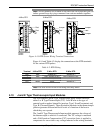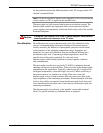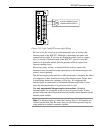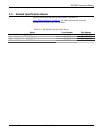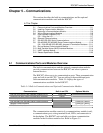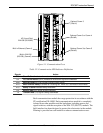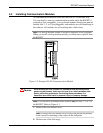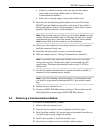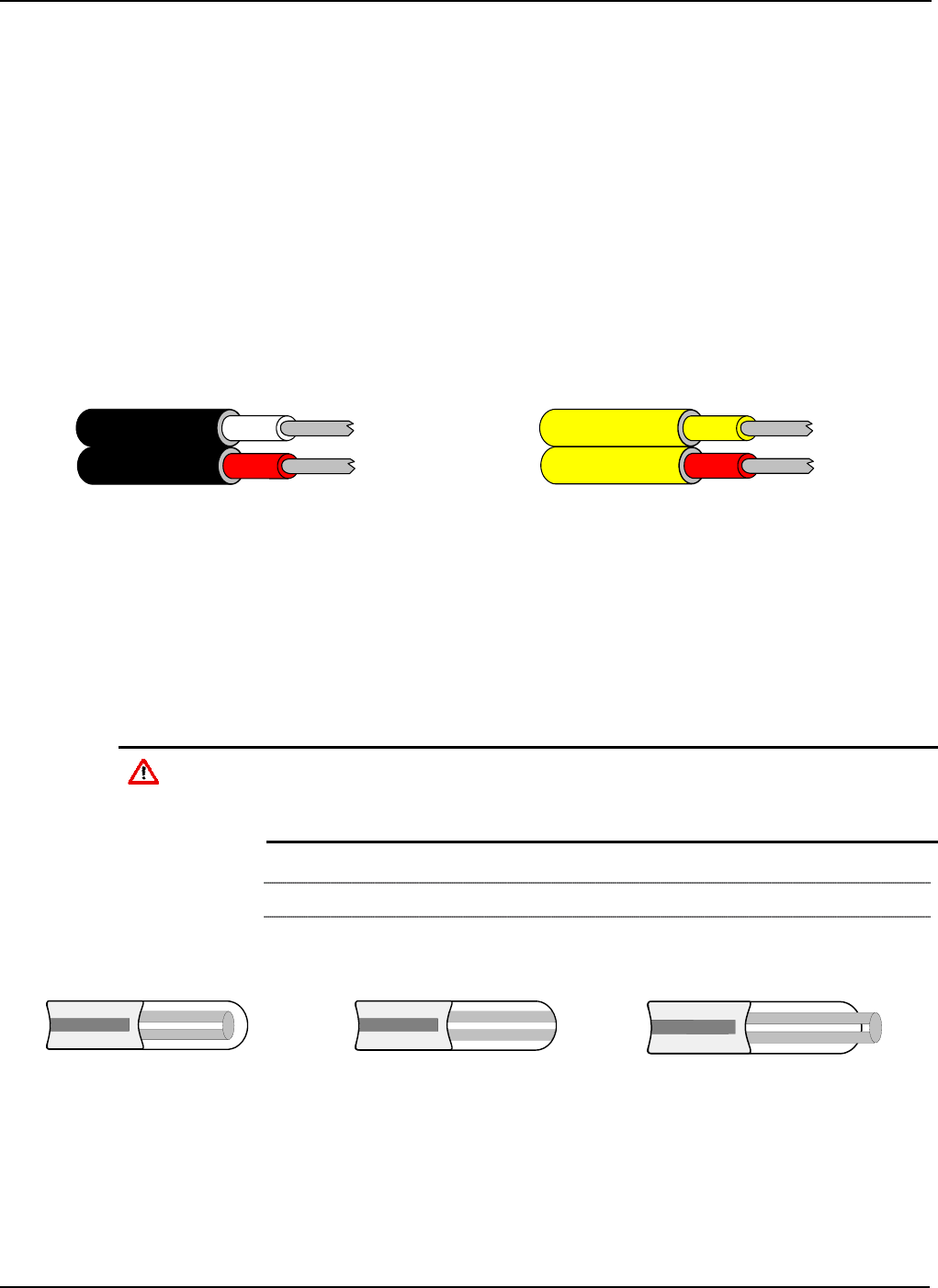
ROC827 Instruction Manual
Issued Mar-06 Input/Output Modules 4-19
Noise Susceptibility
Millivolt signals are very small and are very susceptible to noise.
Noise from stray electrical and magnetic fields can generate voltage
signals higher than the millivolt levels generated from a
thermocouple. The T/C modules can reject common mode noise
(signals that are the same on both wires), but rejection is not perfect,
so minimize noise where possible.
Take care to properly shield thermocouple wiring from noise by separating
the thermocouple wiring runs from signals that are switching loads and
AC signals. Route wires away from noisy areas and twist the two insulated
leads of the thermocouple cable together to help ensure both wires pickup
the same noise. When operating in an extremely noisy environment, use a
shielded extension cable.
TypeJus.dsf
+
–
Figure 4-16. Type J Thermocouple Shielded
Wiring – United States Color Coding
TypeKus.dsf
+
–
Figure 4-17. Type K Thermocouple Shielded
Wiring – United States Color Coding
United States color-coding for the Type J Thermocouple shielded wiring is
black sheathing, the positive lead is white, and the negative lead is red.
United States color-coding for the Type K Thermocouple shielded wiring
is yellow sheathing, the positive lead is yellow, and the negative lead is
red.
Caution
Shielded wiring is recommended. Ground shields only on one end,
preferably at the end device unless you have an excellent ground system
installed at the ROC800-series controller. Do not tie the thermocouple
module to ground.
Note: It is highly recommended that you use shielded wiring.
Sheathed thermocouple probes are available with one of three junction
types: grounded, ungrounded, or exposed.
unground.dsf
Figure 4-18. Ungrounded –
Sheathed
ground.dsf
Figure 4-19. Grounded
exposed.dsf
Figure 4-20. Exposed,
Ungrounded – Unsheathed
In an ungrounded probe, the thermocouple junction is detached from the
probe wall. Response time slows down from the grounded style, but the
ungrounded probe offers electrical isolation of 1.5 M ½ at 500 Volts dc in
all diameters. The wiring may or may not be sheathed.



